Being a consultant today when you are doing cloud, puts new requirements and expectations on you, previously we talked about solutions, projects and budgeted hardware according solution architecture and the went off building the solution. Today that process looks different when using clouds. We, the tech consultants need to factor in the cost in every aspect, everything you do in cloud costs money.
Subscriptions
Let’s look at the first basic thing you need in Azure, a Subscription.
There are lots of options for a subscription. Common ones are Pay as you go and Enterprise agreements (EA), but also CSP is heavily used. If you have an Enterprise agreement you usually have some levels of discount on the consumption. So, if I have EA I most likely provision from the EA portal and do not look back? (EA portal soon merged into the Azure Portal)
Well there are several cost factors already on the subscription level! Lets first take a quick look at AWS since they have the Account setup well worked out.
AWS Multi Account
In AWS the landing zone concept and the reference arch for that is built on multi account setup. And extending that landing zone to cover the organization needs is to setup different Prod, pre-prod and developer accounts also.

Azure Multi Subscription
Similar to the AWS multi account setup we now have some recommendations for multi subscription setup in Azure.
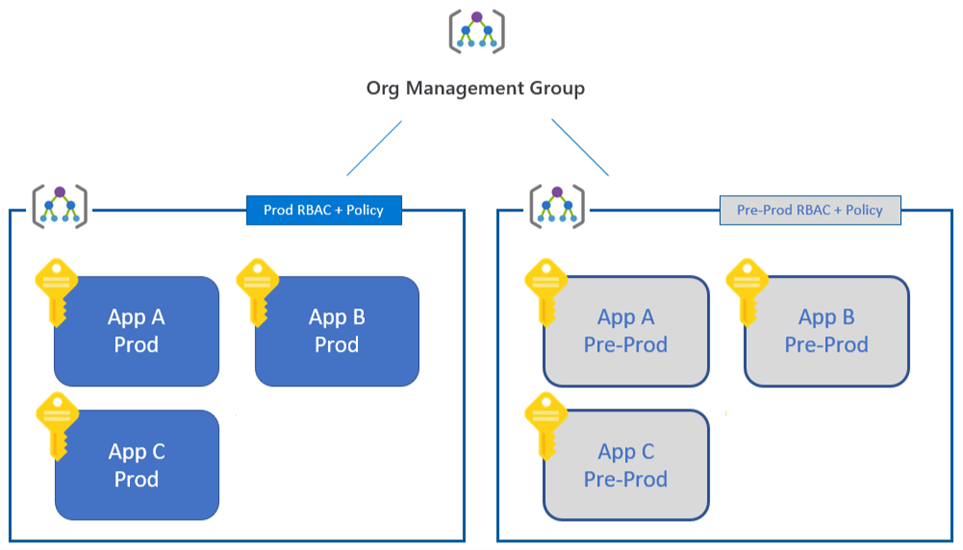
In this example we have prod and pre-prod but imagine the dev subscriptions there also.
Azure Offerings
So, an Enterprise would in their case provision the x amounts of subscriptions from the EA portal and have that financial agreement for the subscription.
But if we look at the offerings again

You find an Enterprise Dev/Test (0148P) option.
If we read the details of that offering, we can see some compelling benefits, I will list some here.
- Special lower Dev/Test rates on Windows Virtual Machines, Cloud Services, SQL Database, HDInsight, App Service and Logic Apps
- Additional savings with Reservations for one-year or three-year commitment on VMs and Azure SQL Database
- Same great EA rates on other Azure services
- Centralized management via the Azure Enterprise Portal
- No separate payment—just use the funds already on your Enterprise Agreement
More Details
- Low Dev/Test Rates
- All Windows and Windows Server Virtual Machines, Cloud Services, App Service, Logic Apps and HDInsight are discounted off your normal Enterprise Agreement rates. The Dev/Test rate on these services is equal to the rate for a Linux virtual machine of the same size and type. For example:
- A Windows Server/Medium (A2)/Basic Instance virtual machine is billed at the Linux/Medium (A2)/Basic Instance virtual machine rate
- A Websites/Large (L)/Standard is billed at the Linux/Large (A3)/Standard Instance virtual machine rate
- A HDInsight Head Node (on an Extra Large A4 instance) is billed at the Linux/Extra Large (A4)/Standard Instance virtual machine rate
- Logic Apps Enterprise Connection is billed at 50% of published pricing
Region differences
We also know that regions cost differently and that you could save a lot if you put your workloads in nearby region.
Here is a calculation example. (used this tool https://azprice.info/)
All prices are in US dollars per month
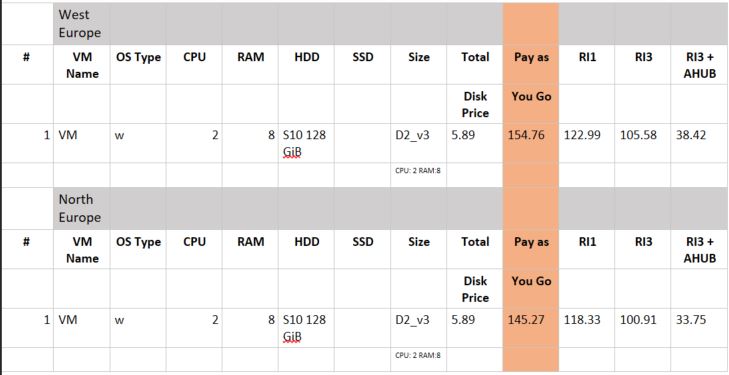
The VM is 9,49 US Dollar cheaper per month if we put it in North Europe!
And if you do not have any region dependencies you could just hunt down the cheapest region and put you dev/test there.

Conclusion on multi subscription set up
This sound great for any Dev/Test environments and it plays in to the solution architecture in the cloud era. So, the Multi subscription approach would also include different offerings. It is also a factor for splitting up your dev/test in another subscription even if you do not have multi subscription strategy and investigate placing it in a lower cost region.
- Use 0148P as dev/test susbscription (if having EA, otherwise look at the other offerings)
- Look at placing the resources in lower cost region
Network design
I will not detail more on this but will link to a great article that is on point with cost considerations for some of the most common network designs
https://www.linkedin.com/pulse/azure-networking-topologies-data-transfer-costs-alexis-kinzelin-1e
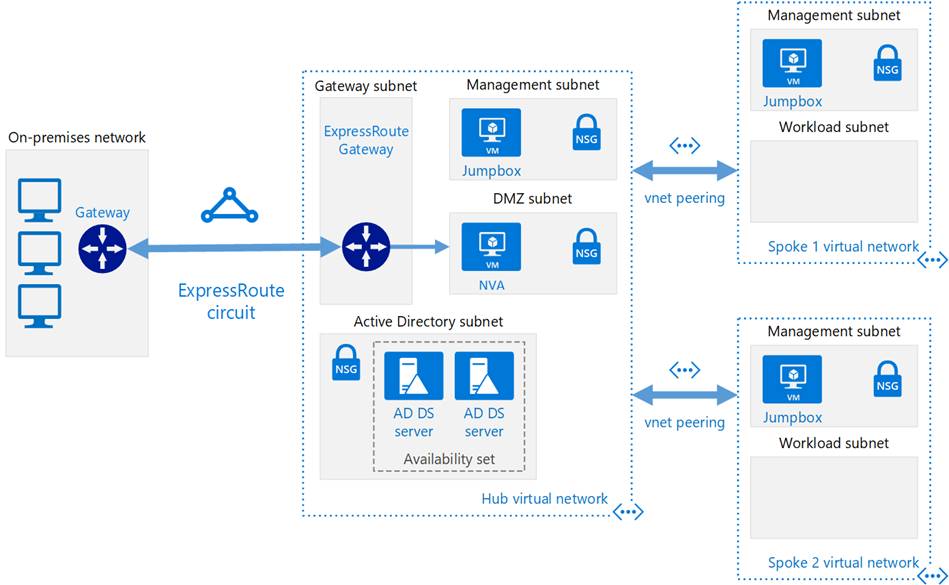
Migration to innovation?
Another big cost consideration is that after a migration is done, most likely a “lift and shift” or “Rehost”, the workloads are left running as before, missing out on the promise of the cloud with scalable cost.
“While an initial migration effort may primarily focus on rehosting using an IaaS approach, you should plan to revisit your cloud-hosted application portfolio regularly to investigate optimization opportunities”
So keep true to the plan and get of the IaaS asap if possible.
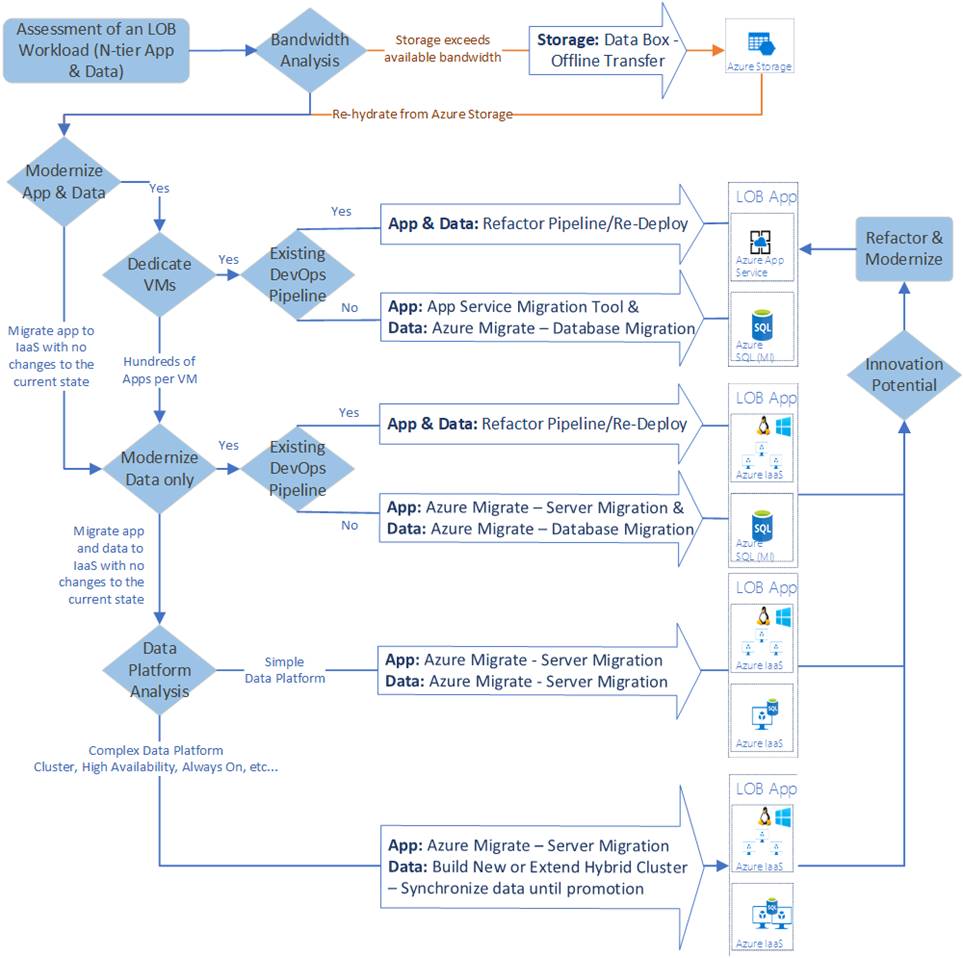
Hybrid use benefits and Reserved instances
If IaaS is a must then so should a rational on AHUB and RI also be there.
Read more on this article by Anders Bonde, the FinOps for cloud.
https://www.linkedin.com/pulse/cloud-economics-v20-finops-handbook-anders-bonde/
Operational fitness review (for cost)
This is something that you need when you have stuff in the cloud, in this documentation, there is not a focus on cost, but it can be applied on to include cost also.
I usually state that each cloud resources should continuously justify its reason to live, meaning that in the fitness review you also look at the business case.
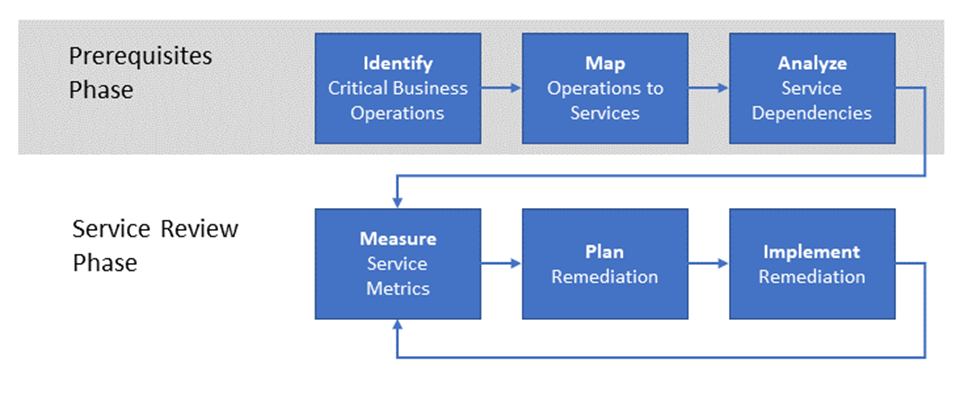
Tagging can be used here where you tag with last reviewed or end of life etc., leverage tags to keep the checks in place for the review process.
Summary
I just wanted to share something quick but ended up writing for almost 2 hours.
Will quit here but there are much more that can be adopted to keep penny pinching in the cloud.
Some more Links for amusement
- The cloud adoption framework by Microsoft, an excellent resource for the complete cloud journey and adoption.
- I borrowed the Penny Pinching wording from https://twitter.com/shanselman, he has some blogs on this also.
- Troy Hunt describes it well with this example why you should keep optimizing your solution once in the cloud – https://www.troyhunt.com/serverless-to-the-max-doing-big-things-for-small-dollars-with-cloudflare-workers-and-azure-functions/
One thought on “Azure in the Enterprise- Penny Pinching?”